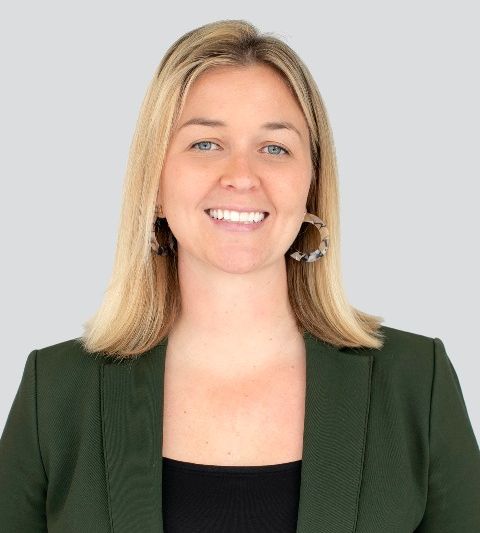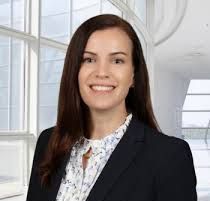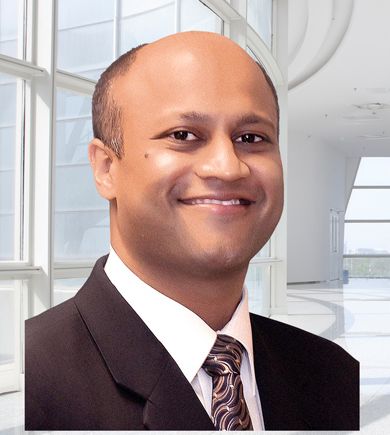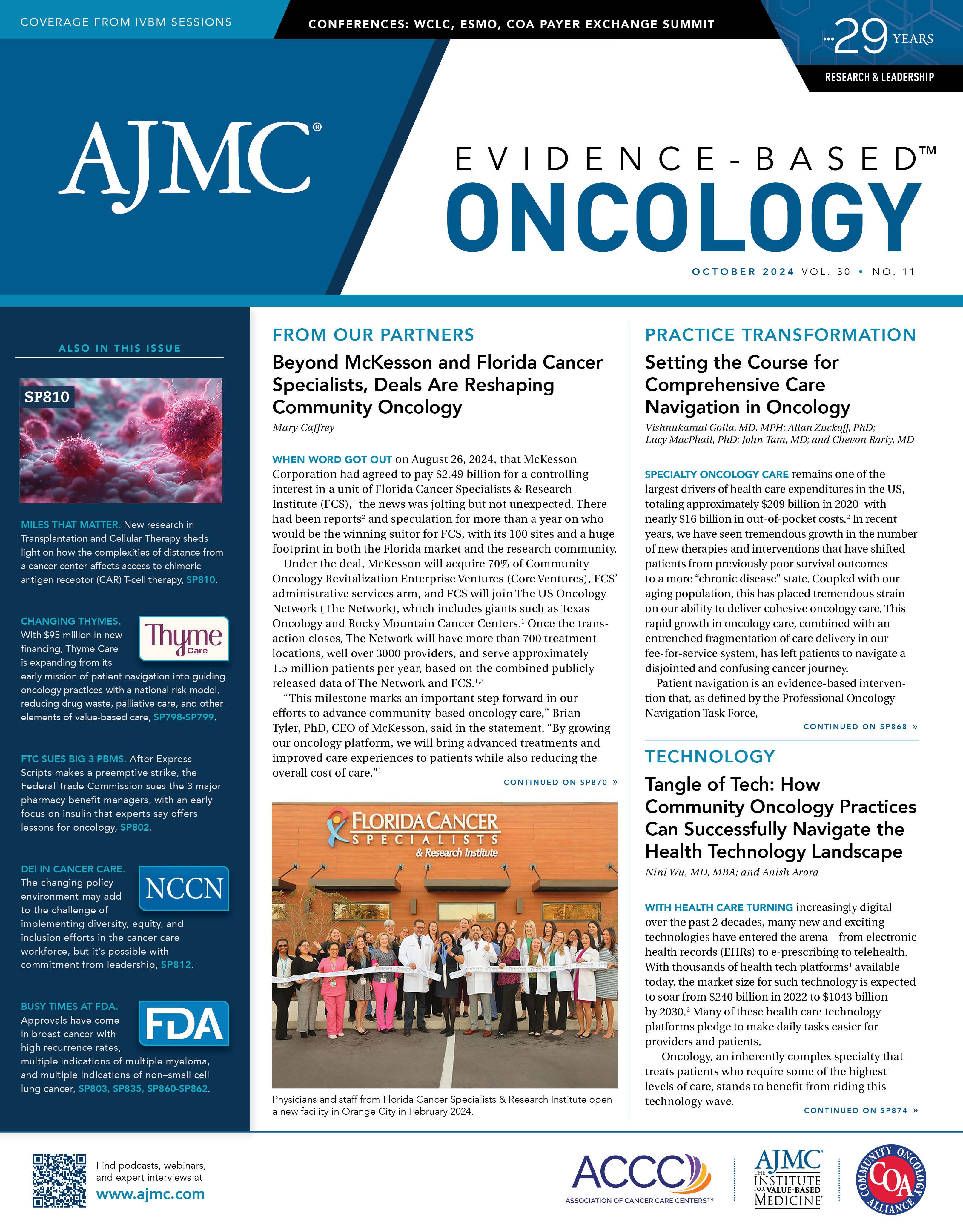- Center on Health Equity & Access
- Clinical
- Health Care Cost
- Health Care Delivery
- Insurance
- Policy
- Technology
- Value-Based Care
Transforming Value-Based Oncology Care in an Evolving Therapeutic Landscape
Delivering patient-centered care in the community oncology setting is a multifaceted endeavor, requiring buy-in not only from providers and practices but also from payers and other stakeholders impacting providers’ ability to deliver high-quality care.
Josh Eaves | Image: FCS

Collaboration between providers and payers was the overarching theme of a recent Institute for Value-Based Medicine® event, “Transformative Trends: Navigating Advancements in Value-Based Oncology Care,” chaired by Josh Eaves, chief development and strategy officer for Florida Cancer Specialists & Research Institute (FCS). Eaves opened the night by emphasizing the need for collaboration between providers and payers to ensure high-quality oncology care for patients while being conscious of costs.
“One of the things our team oriented around early on was that our main customers are 2-fold: It’s the patients and those that pay for their care,” he said. “Let’s get on the same side of the table and make space for conversations, because all of us are in this business so that our time is worth it. And our time will only be worth it if we can dig in and make the patient experience on the whole better.”
The first session of the night, “Illuminating the Divide Between Payers, Health Care Systems, and Providers,” was moderated by Eaves and included panelists Deirdre Saulet, PhD, market vice president for oncology at Carrum Health; Dax Kurbegov, MD, senior vice president at Sarah Cannon Cancer Network; and Kiana Mehring, MBA, senior director of strategic partnerships and managed care at FCS.
Deirdre Saulet, PhD | Image: Carrum Health

Dax Kurbegov, MD | Image: Sarah Cannon

Kiana Mehring, MBA | Image: FCS

Eaves posed the question of how to align the interests of providers, payers, and health care systems—which sometimes are at odds—to keep the focus on delivering value to patients. Kurbegov kicked off the discussion by noting that in his roles both as a physician and as a health care executive, delivering excellent care to patients has been the main priority.
“No doctor comes to the clinic [saying], ‘I’d like to do an average job for these individuals with cancer today,’” Kurbegov said. “Similarly, in my role as a health system leader, our focus is consistently on how to create the conditions in which our providers flourish…because if they have the right tools [and] the right models, then patients benefit.”
Kurbegov also noted several barriers to this goal, including financial models that don’t always incentivize the delivery of the right care in the right place or at the right time for patients. Some models also do not consider barriers outside of providers’ control that impact patient care. However, in the end, sustainable financial models that facilitate financial success are what allow oncology practices and health systems to reinvest. And despite an abundance of resources in the US health care system, these resources are not always allocated in the most effective way possible, he said.
Saulet also highlighted barriers on the data transparency front. As treatments become more expensive, payers receiving the bills are bound to have questions when it comes to the need for therapies, such as notoriously pricey chimeric antigen receptor (CAR) T cells. But without data sharing, the reasoning behind using cutting-edge therapies such as CAR T may not make it to payers.
“From the payer or employer side, you get a whole bunch of claims data, and we don’t have access to all the awesome clinical data that our providers have,” Saulet said. “So, how do you actually bring those pieces together? Where can we identify and work together to say, ‘Gosh, this seems like a really high-risk patient population.’ And how are we doing a better job holding [their] hands, supporting them, [and] walking them through this process? The willingness to have tough conversations and be willing to share data is huge.”
Defining value from the patient perspective is also key, she said, as value is subjective and varies between stakeholders. And once value is defined, it needs to be measured to factor into plans or models.
“The only thing I’ll add to that is it’s too infrequent that we get on the same side of the table,” Mehring said. “We do it at conferences, which is great, but why are we not coming together in more frequent conversations and bringing in other stakeholders into the conversation?” Employers are brought in often, she said, but bringing patients into the conversation is a key area to address moving forward. Saulet added labs and even pharmaceutical companies to the list of stakeholders who should be part of conversations about the overall costs of care.
Kurbegov also noted that oncology is a difficult space in that it encompasses very different populations with different needs depending on the type of cancer being treated. Another concern Mehring raised is the fragmentation of care, noting that examinations of claims data often show things like duplicated care for patients in multiple systems. Data sharing and coordinating care could therefore help minimize redundant care and improve outcomes.
Delivering Cutting-Edge Oncology Care in the Outpatient Setting
Kristen Boykin, PharmD, BCOP, BCPS, director of pharmacy operations at FCS, took the stage to discuss synchronization between inpatient and outpatient care for novel therapies, particularly bispecific T-cell engagers, known as bispecifics. These are recombinant antibodies that bind immune cells and cancer cells to help the immune system target and kill cancer cells. In the past 2 years, there has been a wave of bispecific therapy approvals, largely in hematologic malignancies but also venturing into the solid tumor space.
“We saw very quick adoption in the academic settings but really slow adoption in [the] community—but why was that?” Boykin said. “There are safety concerns. There are operational burdens that need to be considered, [such as] logistical considerations and payer challenges.”
Chief safety concerns with bispecifics include immune-related adverse events, namely cytokine release syndrome and immune effector cell–associated neurotoxicity syndrome, both of which can be life-threatening if not properly managed. Because of these concerns and some treatment labels containing stipulations about hospitalization or extended monitoring periods, it can be a challenge to utilize such therapies in the community setting where clinics are not open 24 hours, Boykin explained. Conducting clinical trials outside the hospital—but still safely and effectively—is a challenge that must be overcome to ensure therapies can be safely administered outside the hospital once approved.
Some of these issues can be addressed by collaboration across sites of care, including community practices partnering with hospitals. Community hospitals or practices within a health system that has a hospital or inpatient capabilities can also more seamlessly integrate these types of therapies by utilizing these sites. Another strategy—the one currently employed by FCS—is to refer patients out for induction but to bring the patient back into the community setting for maintenance once they are considered stable.
“Starting with maintenance therapy allowed our community providers to really get their feet wet, get that comfort with bispecifics, and open the door to future possible expansion opportunities with induction,” Boykin said. The program at FCS launched in 2023 with 1 medication at 1 location, but by the end of 2024, the hope is to offer 7 to 8 medications at 8 locations. To ensure safety and appropriate use of bispecifics with this strategy, a robust multidisciplinary education program is crucial for all providers and staff encountering these patients, Boykin noted.
Even with the logistics handled, payer barriers can pose an issue for outpatient administration of bispecifics, especially in cases where payers could potentially consider their use off-label and refuse reimbursement—a risk that community practices typically cannot afford to take. Additionally, delays related to prior authorization are a burden for providers and patients, Boykin noted. The answer to this concern is fairly simple: If payers are transparent in their policies for coverage of these drugs, the uncertainty on the health system and provider end could be alleviated.
Enhancing Value-Based Care With Biomarker Testing
Kristen Boykin, PharmD, BCOP, BCPS | Image: FCS

Manish Patel, MD | Image: FCS

Judy Wang, MD | Image: FCS

A discussion on biomarker testing and cost-effectiveness featured speakers Manish Patel, MD, medical oncologist and director of Drug Development and the Early-Phase Clinical Trial Program at FCS; and Judy Wang, MD, medical oncologist and associate director of Drug Development at FCS. To start the discussion, Patel and Wang explained that biomarker testing has led to more personalized cancer care as trials have identified new therapy targets and prognostic markers over the years.
Wang also spoke to the difference between liquid and tissue biopsies, which both can offer key insights into a patient’s disease or risk factors. Although the mechanisms of collection differ, both types of samples end up as purified DNA fragments.
“There are pluses and minuses when it comes to collecting tissue vs liquid biopsies,” Wang said. “Tissue is really about access, or the ability to get adequate tissue. Is it viable? Does it really represent what the tumor is releasing in terms of tumor-related alterations? Whereas liquid is an easy specimen coming from the blood, is easy to take, and usually easy to process. There are pluses and minuses to that.” In the end, no matter the type of sample, the idea is to glean information for prognostication.
With circulating tumor DNA (ctDNA) found in the blood, Wang pointed out the bonus of being able to follow this measurement throughout the treatment journey, including after surgery and adjuvant therapy, to monitor patients for recurrence. Patel added that although it was previously thought that tissue samples were the only way to go for biomarker testing, they now yield similar results in most cases, and both liquid and tissue are often sent for in practice.
“We talk about value-based care, and you want to shoot for a targeted therapy if you have a target,” Patel said. “You talk about personalized medicine, right? You’re not just treating for a tumor; you’re treating for a patient’s situation. When they have a mutation, when they have a marker, that’s what you shoot for.” Finding out about a targeting mutation can be game changing for a patient’s situation, he noted, and this significantly influences value-based care.
The field has accelerated quickly, and in the current landscape, there are biomarker tests in the works to assess cancer risk prior to disease occurrence through blood signatures in high-risk patients, Patel said. Although none are approved yet, such tests could eventually provide opportunities for closer monitoring when high-risk individuals are identified.
As far as monitoring patients who have already been diagnosed with cancer, Patel again highlighted the utility of biomarker testing to assess patients who had solid tumors and take earlier action if ctDNA is seen in blood. Although this approach can be controversial, he noted that clinicians who routinely order these tests have certainly seen patients whose disease was detected earlier. In these cases, treatment can be started earlier when the disease is more manageable, which also can save costs. In hematological cancers, minimal residual disease is a blood biomarker routinely used in trials and in clinic to gauge treatment efficacy and patient responses.
A major discussion around biomarker testing is how it can optimize care costs and reduce patient burden. One key way that biomarker testing can optimize care and ensure resources are dedicated appropriately is by helping oncologists and pathologists differentiate between cancer types that might otherwise pose a challenge.
“When we see certain biomarkers, that will lead us more toward maybe lung cancer vs pancreas cancer—you’d be surprised on how similar these things can come out sometimes when pathologists are doing their analyses,” Patel said. “Biomarker testing has certainly influenced the diagnosis of certain cancers. As you can imagine, it saves a lot of unnecessary therapies that weren’t even intended for the cancer that the patient has.”
Even in cases where cancer is diagnosed accurately, fine-tuning treatment strategies can depend heavily on biomarker test results in some cases. From both a patient experience and cost perspective, this is a crucial role of biomarker testing.
“We know targeted therapy works very well,” Patel said. “The earlier you identify these biomarkers, the better patients do—and those drugs typically work very well and aggressively in the beginning. So, certainly, when we find these biomarkers, we get excited.”

Dr Lucio Gordan Discusses Updated Guidelines Addressing 1q Abnormalities in Multiple Myeloma
October 27th 2023Lucio Gordan, MD, president and managing physician of Florida Cancer Specialists & Research Institute, discusses recently updated clinical guidelines from the National Comprehensive Cancer Network (NCCN) in multiple myeloma, which specifically discuss disease staging and risk stratification and advise clinicians on how to address 1q abnormalities.
Listen
Nathan Walcker Discusses Value-Based Oncology Care Initiatives at FCS
September 8th 2023Nathan Walcker, CEO at Florida Cancer Specialists & Research Institute (FCS), highlights some of the recent partnerships and initiatives at FCS to improve community-based oncology care from a value-based perspective.
Listen
